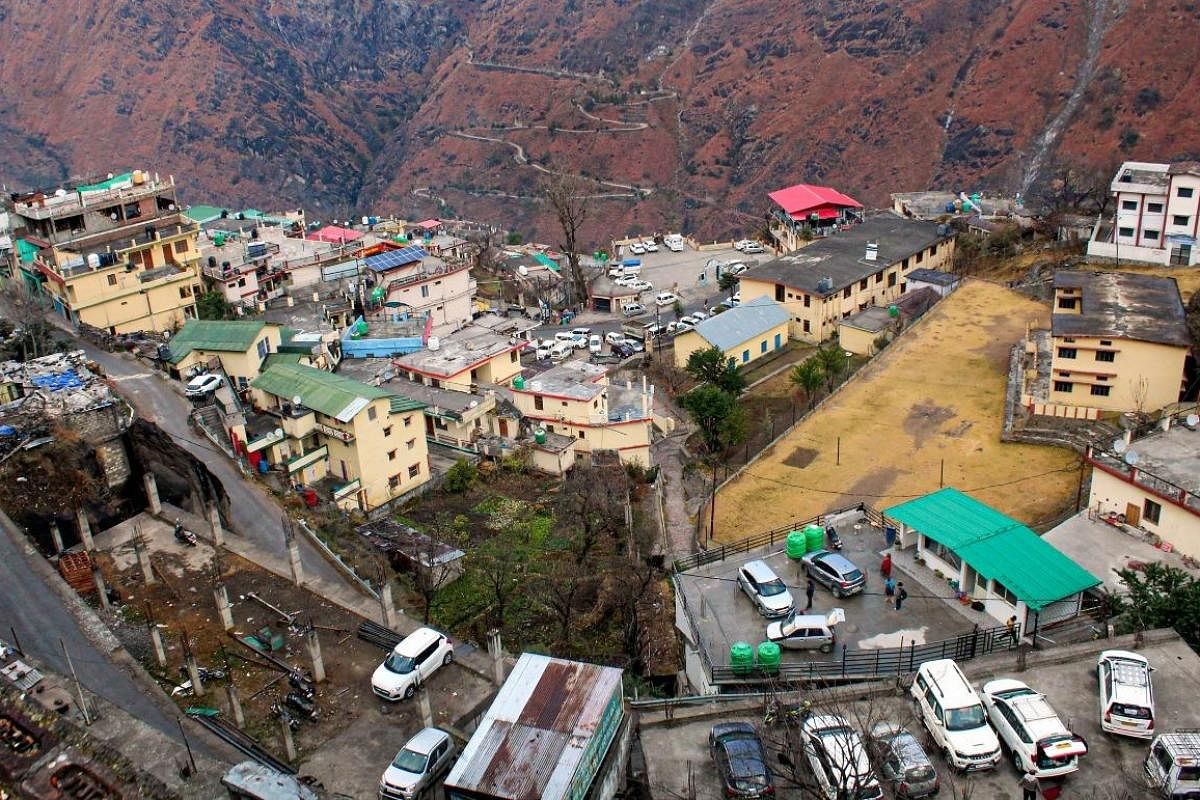Free Courses Sale ends Soon, Get It Now


Free Courses Sale ends Soon, Get It Now



Disclaimer: Copyright infringement not intended.
Context
Details
Location of Joshimath
Studies of Different Institution regarding Land subsidence of Joshimath
The Central Building Research Institute (CBRI) report
Recommendations
Other Major Reasons
What steps may be taken to save Joshimath?
|
PRACTICE QUESTION Describe the different causes and effects of landslides. Mention the key elements of the National Landslide Risk Management Strategy. |
© 2024 iasgyan. All right reserved